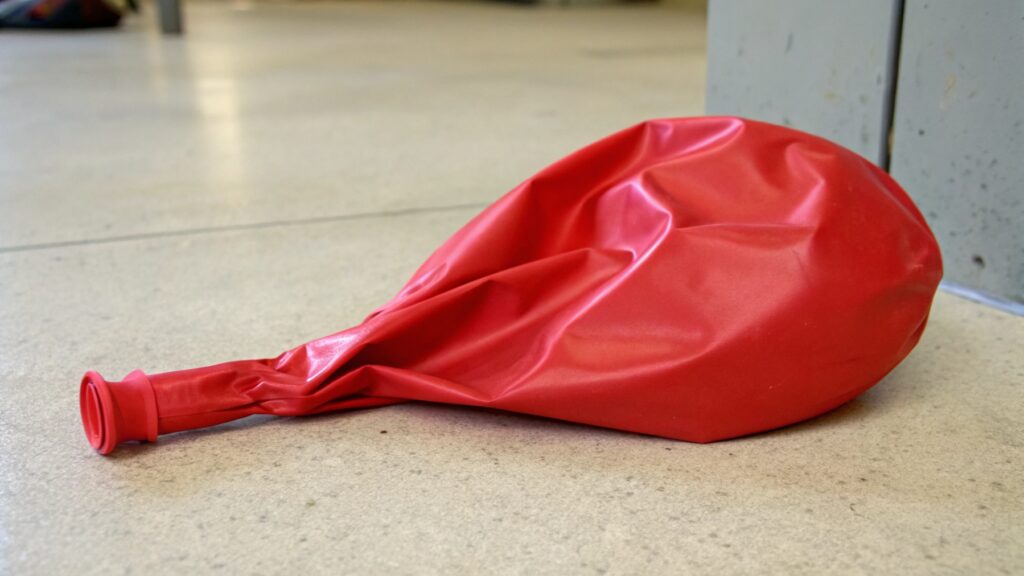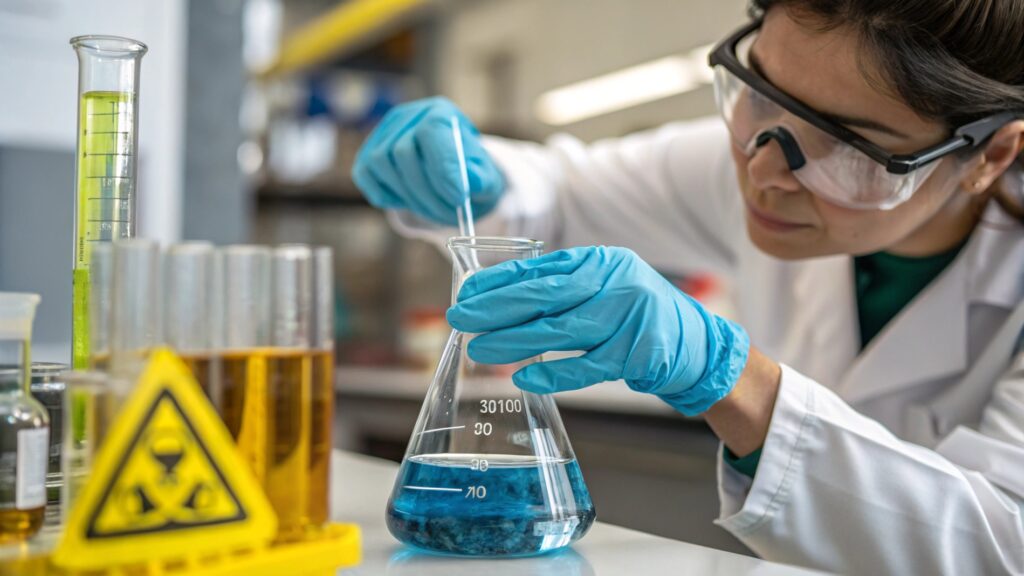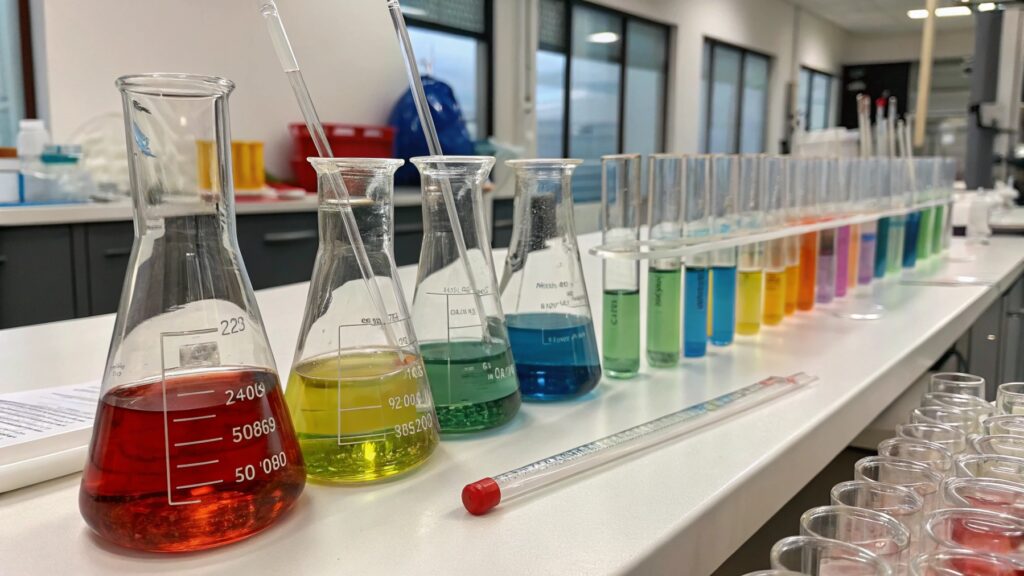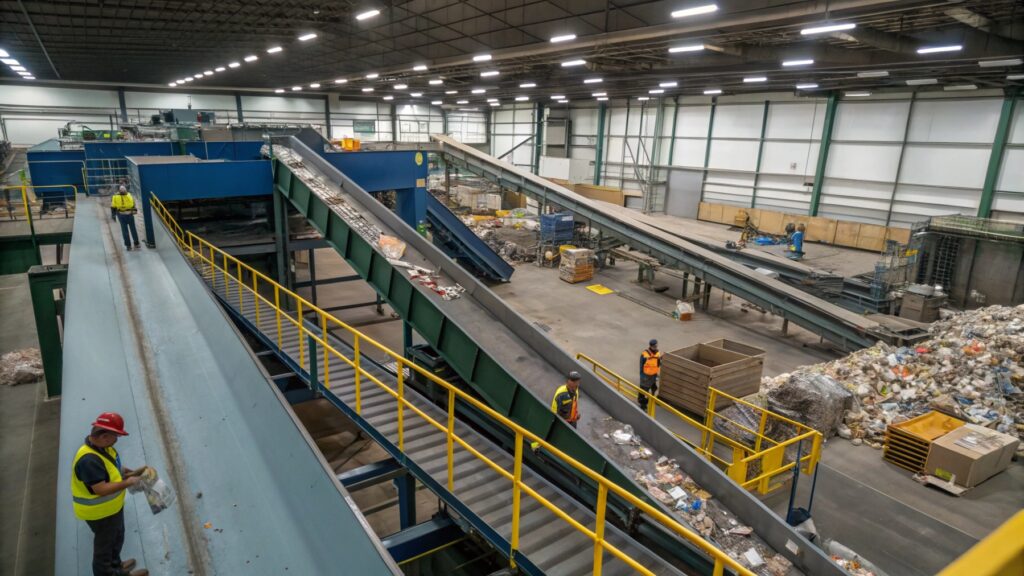How do I melt an uninflated latex balloon into liquid?
Are you curious about turning a solid latex balloon into a liquid? Many people think about this. It sounds like a cool idea. But is it even possible to do it safely?
You cannot melt an uninflated latex balloon into a usable liquid form just by heating it. Latex contains additives. These change its properties when heated. The resulting liquid is not pure latex. It has no practical use. It does not harm the environment to do this, but it also provides no benefit.

When I first heard this question, I thought about all the ways materials change. Latex is a special material. It behaves differently from something like ice. We need to look closely at what latex is. This will help us understand why melting it into a liquid is not a good idea.
Can latex balloons be liquefied safely?
Do you want to turn a latex balloon into a liquid? You might think about melting it. But is this process safe to do at home?
No, you cannot safely liquefy latex balloons at home. Heating latex releases fumes. These fumes can be harmful. The material also becomes sticky and hard to handle. It is not a simple melting process like with ice.

When we talk about "melting," we usually think of a material going from a solid to a liquid and back again. Think of ice turning into water. Latex is different. It is a polymer. When you heat latex too much, it does not just melt. It starts to break down. This process is called degradation. I have seen many materials in my work. Latex is one of those materials that just does not act like you think it would. It does not become a useful liquid. It becomes a mess. It is also not healthy to breathe the smoke. When we make balloons, we focus on safe processes. This is not one of them.
Why direct heating is problematic
Direct heating causes latex to degrade. This means its chemical structure changes. It does not just soften. It breaks down.
| Temperature Range | Effect on Latex | Safety Concerns |
|---|---|---|
| Low Heat (e.g., sunlight) | Material softens slightly | None |
| Moderate Heat (e.g., hot water) | Material becomes more pliable | Minor risk of skin irritation |
| High Heat (e.g., open flame) | Material burns, chars, emits fumes | Toxic fumes, fire hazard, sticky residue |
When you heat a latex balloon, it will not turn into a liquid that you can pour or use again. Instead, it will get very sticky and eventually burn. This burning releases smoke. This smoke contains chemicals that are not good to breathe. Think about a tire burning. It is a similar idea. The material changes in a bad way. It does not become useful. We at AIHUA BALLOON care about safety. We also care about making good products. Melting latex this way makes neither.
What chemicals or processes are needed to dissolve latex?
Are you looking for ways to break down latex balloons? You might wonder if certain chemicals can dissolve them. What processes would work?
Latex can be dissolved by certain strong solvents1. These are chemicals like toluene or hexane. However, these solvents are highly toxic. They are dangerous to use without special equipment. This process is not safe for home use. It is only done in controlled industrial settings.

I have learned a lot about materials during my time in the industry. Latex is tough. It is designed to be durable. Breaking it down needs strong chemicals. These chemicals are not like the ones you find under your kitchen sink. They can harm your skin. They can harm your lungs. They are also flammable. When we work with materials, we always think about safety. Using these kinds of chemicals at home is not safe. It is also not needed. There is no good reason to dissolve a balloon this way. The resulting liquid would still be mixed with the toxic solvent. It would not be useful.
Solvents and their risks
Solvents break down the latex polymer chains2. This turns the solid into a liquid solution.
| Solvent Type | Effectiveness | Risks |
|---|---|---|
| Toluene | High | Highly flammable, toxic if inhaled, skin irritant |
| Hexane | High | Flammable, can cause nerve damage with long-term exposure |
| Acetone | Moderate | Flammable, eye and skin irritant, fumes can cause dizziness |
| Chloroform | High | Toxic, suspected carcinogen, not for general use |
These solvents are dangerous. They are not for everyday use. You need special ventilation. You need personal protective equipment. This includes gloves and eye protection. You also need to know how to dispose of the waste. The dissolved latex solution is still hazardous. It cannot just be poured down the drain. It must be treated as chemical waste3. My experience tells me that complex chemical processes are best left to experts. They have the right tools and training. This keeps everyone safe.
Are there industrial methods for recycling latex4 into a liquid form?
Have you ever thought about how factories might recycle latex? You might wonder if they can turn old balloons back into a liquid form for new products. Are there industrial ways to do this?
Industrial processes can break down latex. They usually do not turn it back into a pure liquid latex. They often use mechanical grinding or chemical treatments. This creates materials for other uses. These processes are not about melting. They are about breaking down the polymer structure. This makes it suitable for different applications.

When I visit factories, I see how they handle materials. Recycling is a big topic. For latex, true recycling back to liquid is very hard. This is because of all the things added to the latex. When we make balloons, we use natural latex. But we also add colors. We add agents to make them strong. We add things to make them last. These additives make it hard to get pure latex back. The industry usually takes old latex and grinds it up. They use the rubber crumbs in new products. These products might be floor mats or playground surfaces. It is not turning a balloon back into raw liquid latex. It is giving the material a second life in a different form.
Different industrial approaches
Industry uses various methods to process latex waste.
| Method | Description | Output |
|---|---|---|
| Mechanical Grinding | Shredding and grinding latex into small particles. | Rubber crumbs/powder for fillers, asphalt, sports surfaces. |
| Devulcanization | Breaking down the cross-linked rubber structure using heat, pressure, and chemicals. | Reclaimed rubber for low-grade rubber products. |
| Pyrolysis | Heating latex in the absence of oxygen to break it down into oil, gas, and char. | Fuel, carbon black. |
| Incineration | Burning latex to generate energy. | Ash, energy. |
Each method has its own purpose. None of them turns a balloon back into raw liquid latex. For example, mechanical grinding5 is common. It takes old latex products and makes small pieces. These pieces can be added to new materials. This reduces waste. Devulcanization tries to make the rubber soft again. But it is not the same as new latex. It is weaker. Pyrolysis breaks it down into different chemical compounds. It is more like burning for fuel. We always look for ways to be more sustainable. But for balloons, making them new from old is a big challenge.
What are the environmental impacts of melting latex balloons6?
Have you ever worried about what happens to balloons after a party? You might think about the environment. What if you tried to melt them? What would be the environmental effects?
Melting latex balloons at home has negative environmental impacts. It releases harmful fumes into the air. It also creates a sticky, unusable waste product. This is not a safe or eco-friendly disposal method. It is much better to dispose of latex balloons responsibly or to use them for other craft projects.

When I think about the life cycle of our balloons, I always consider the end. Our natural latex balloons are biodegradable7. This means they break down over time. Melting them is very different. It is not a natural process. It creates pollution. The fumes released can harm the air. The sticky residue is not good for the earth either. We at AIHUA BALLOON care about our planet. We want our products to be safe from start to finish. This includes how they are handled after use. Melting them is not the answer for a green approach.
Environmental considerations
The process of heating latex releases various compounds into the atmosphere.
| Impact Category | Specific Effects | Reason |
|---|---|---|
| Air Pollution | Release of volatile organic compounds (VOCs), carbon monoxide, soot. | Incomplete combustion or degradation of latex and additives. |
| Waste Generation | Creation of a sticky, hardened, unusable mass. | Latex does not melt cleanly into a useful liquid; it degrades. |
| Resource Use | Energy consumed for heating. | Heating requires power, often from non-renewable sources. |
| Hazard Risk | Potential for fire, burns, inhalation of toxic fumes. | High temperatures, chemical nature of degrading latex. |
Think about all the things added to a balloon. There are pigments for color. There are stabilizers. When you burn or melt these, they do not just disappear. They turn into other things. These new things can be harmful. For example, some colors can release heavy metals when burned. That is why it is best to let natural latex balloons break down naturally. Or, you can find creative ways to reuse them. For example, I have seen people cut them into strips to make rubber bands. This is much better for the environment than trying to melt them.
Conclusion
You cannot safely or usefully melt uninflated latex balloons into liquid. Heating them creates harmful fumes and useless waste. Industrial processes exist but do not produce reusable liquid latex. It is not an environmentally sound practice.
-
Discover the types of strong solvents that can dissolve latex and the associated risks. This knowledge is essential for safe practices in handling latex. ↩
-
Understanding latex polymer chains is crucial for grasping how solvents work and their impact on materials. Explore this link for in-depth insights. ↩
-
Proper disposal of chemical waste is vital for safety and environmental protection. This resource will guide you on best practices. ↩
-
Discover the innovative industrial methods for recycling latex, which can lead to sustainable practices and new product development. ↩
-
Learn about mechanical grinding, a key method in recycling latex, and its role in reducing waste and creating new materials. ↩
-
Understand the negative effects of melting latex balloons on the environment and discover safer disposal alternatives. ↩
-
Learn about the importance of biodegradable products and their role in reducing waste and pollution, promoting a healthier planet. ↩
